It won’t come as any surprise to most of you – my regular readers – that the last 5+ months have been very hard for me. Losing my husband has been and still is just devastating. We had a wonderful, loving partnership and marriage for over 31 years. The first 3 months after his death are kind of a blur. There was SO much to do. So much paperwork I needed to prepare for the trust attorney (and still is ongoing each month until the estate files a final tax return early next year). For a long time I had trouble concentrating on anything, and until my doctor gave me a prescription, I was hardly sleeping, which left me struggling each day, when I’d had but 4-5 hours of sleep the night before. That’s improved with meds, but I can’t take those forever. I’ve tried to not take them and I just wake up 6-8 times a night and in the morning I’m not rested and not altogether here. I miss my husband so very much. He was my partner, my best friend, my helpmate in everything. We shared so much together. The silence in my (our) house was deafening at first. That part is better now, thankfully.
Cooking was the last thing on my mind in those first few months, and to tell you the honest truth, it still isn’t very important in my daily grand scheme. When Dave was alive, I cooked for him. He was – as I tell people – my greatest fan. He was my fan club at the dinner table. He loved whatever I prepared. He selected wine to go with the dinner and occasionally I’d have some. About 10 years or so ago I kind of suddenly lost my appetite for wine. I still drink it very occasionally – and usually only if it’s a good bottle and it’s red. I’ve never had more than a glass of wine, hardly. Maybe a glass of champagne and then a very small glass of red with dinner. That was/is a lot for me. I have a huge wine cellar full of wine – probably 400-500 bottles. I can’t sell it because it’s health has been compromised twice in recent months when the A/C quit and the temperature in the cellar hovered at about 76-80° for days and days waiting to be repaired. That can be a death knell for wine. Several bottles I’ve opened, or guests have opened, have been bad and we’ve had to pour them out.
I’ve still done some cooking here and there. Not every day. I meet friends for lunch frequently, and often I have left overs to take home. Some nights I simply have no will to cook. I’ll make myself a scrambled egg, or I’ve even eaten cold cereal, though that was only once. I’ve cooked when I’ve had houseguests, but my heart isn’t in it. What I crave is comfort food or my old favorites, recipes I’ve posted here before. Or I go to a local Mexican place to have a taco. Or I pick up something at Trader Joe’s or Costco and eat on it all week. I still enjoy eating. I just don’t enjoy making it.
The house has required a lot of care – numerous projects have needed doing. I now have a regular electrician who identified a couple of very dangerous issues with the wiring for the big pool and the jacuzzi. About $2,000 each to replace and get them working safely. I now have a handyman who is working on a long laundry list of things for me, and I’ll be having him come now and then to help with other things. The junk in the garage is daunting. It’s not stuffed full by any means – there is room for 3 cars – but the built-in cupboards are full of things I know little about – tools, equipment from or for the boat, and boxes and bags of bolts, screws, pieces of plastic pipe, wires, etc. All things that need going through and disposing of, or giving away. My cousin Gary is going to help me with that, I think.
I haven’t even been able to face doing anything with Dave’s clothes. Sometimes I still go in there, to his walk-in closet, hunting for his scent, but I can’t find it. I have no will to sort and go through it. Not yet anyway. Our/his sailboat has not sold, and it sits at our yacht club, costing me about $500/month just to float at the dock. So far it hasn’t needed repairs, but then it’s not being used.
My outdoor kitchen is done, and I do hope I’ll have ongoing interest in entertaining. Right now it’s almost overwhelming thinking about it – to invite people over and to prepare a big meal without Dave’s help with planning, doing the grocery shopping (remember? he loved to buy all the food), getting the patio all slicked up and with him at the kitchen sink washing all the piles of dirty dishes I make when I cook, drying them and putting them all away. I owe dinners, or thank-you’s, to many couples who have invited me to dinner at their home, or done something special for me. I’ve written over 200 thank you notes – oh my – was that ever a big job. I just finished that a few days ago. Somebody told me there is a 6-month window to do the thank-you notes. I got it done under the wire.
All this to say that in a few weeks I think I’m going to stop blogging. It’s been 7 years. It’s just too big of a burden for me now. The blog will still be here for awhile – how long, I don’t know. And maybe once in awhile if I cook and make something really wonderful, I will put up a post about it. Maybe I’ll tell you about a movie or a book. I just need a rest. And maybe a permanent rest from blogging. The writing of my posts is fun – that’s what I enjoy the most. It’s therapeutic for me, I think. But for now, cooking isn’t, and that’s what this blog is all about.
The other thing is that my readership has gone down. WAY down. I don’t know why. Maybe because I’ve written more posts about my grieving, although I’ve really done very few. Google’s search engine doesn’t work the way it used to, either. So when someone searches for something – a recipe – my blog doesn’t come up hardly at all. I have about 400-500 readers. And that’s nothing to sneeze at, but it’s not very good in blogging circles. I’ve appreciated all of you – especially those of you who write me notes or post comments. You’re my blog fans. Thank you for being there. Thank you for giving me words of encouragement which I’ve desperately needed, especially in these last difficult 5 months.
My life is really about the same as far as my activities – I do meet friends for lunch frequently. I’m still in 3 book clubs. I’m in a women’s bible study group that meets weekly and takes several hours of homework each week. I’m continuing the bible study group Dave and I started in 2013 as we read through the entire bible in a year. Our small group is going to begin meeting again in about a week. I’m also going to return to singing in our church choir. As I’ve mentioned before, it’s a big choir (about 120 voices at the moment) and our choral director has a PhD in choral directing. She’s extremely good at what she does, but being in the choir at our church is a big responsibility – a promise to her of our attendance and attention – and rarely does she select easy music to sing. Each week we have several hours of rehearsal and singing in two services on Sundays. Then there are weekend retreats (one coming up very soon) to get a jump start on singing in the fall months. A couple times a year we have an all-day workday, it’s called. And twice a year there’s a big choir performance of one or several pieces of classical music. C-o-m-m-i-t-m-e-n-t.
Being busy is good for me. I need to keep busy or I fall into a deep emotional valley. It’s a sad place and not easy to climb out of, I’ve found. I trust in God, though, and my continuing prayer, when I’m having a tough day is “lift me up, Lord.” Usually he answers. I’m so grateful for my Christian friends, local and far away. They’ve buoyed my spirits when they flag.
Who knows, maybe in another 6 months I will decide I want to blog again. I don’t know. I just feel that I don’t want to blog right now. I need a rest from it. I hope you’ve enjoyed my writing, and mostly my recipes. If you have recipes you want to download, start thinking about doing it. I’m sure I’ll leave the blog up and available for another year. It does cost money to keep a blog running like mine – under $200 a year, approximately.
If you want to email me privately, it’s ctndt (at) cox.net
Carolyn






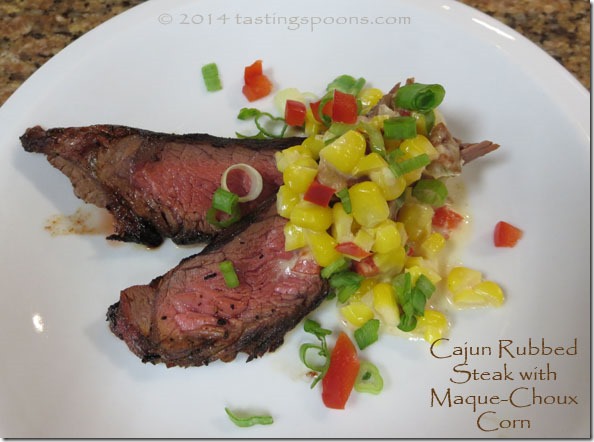


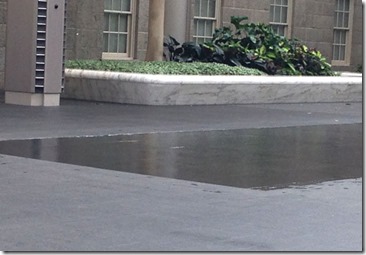
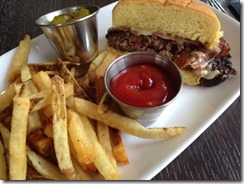
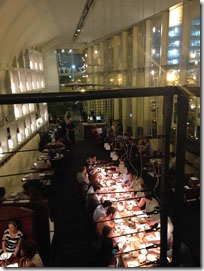

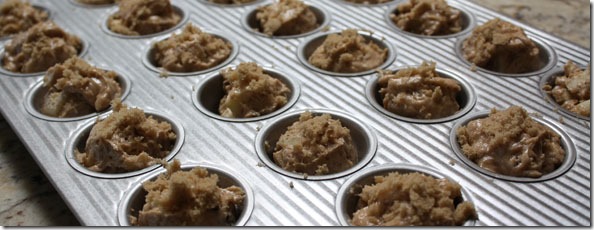
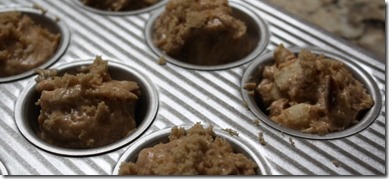

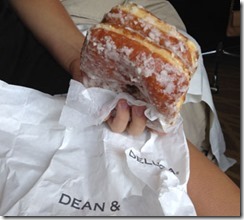


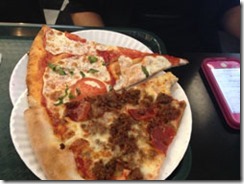

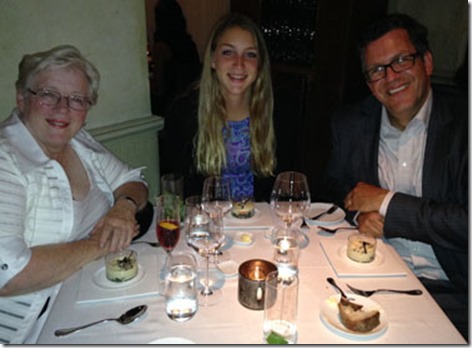
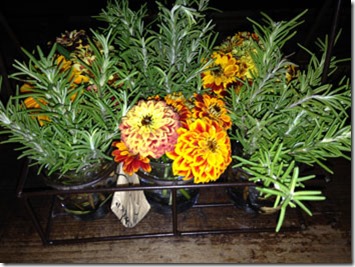
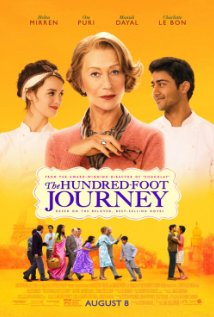
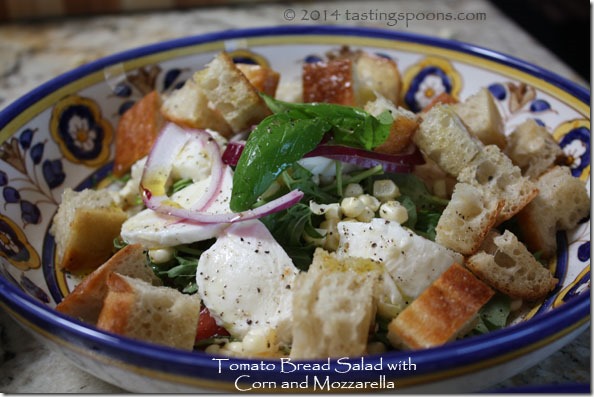
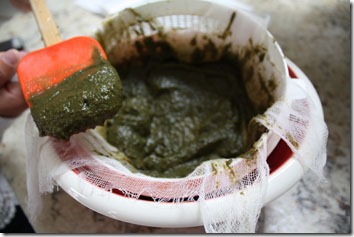
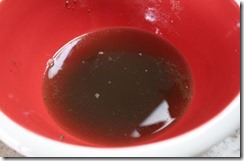
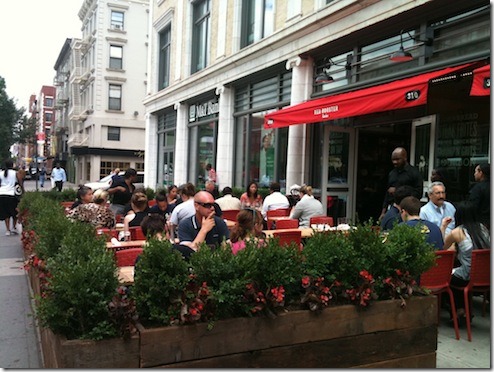
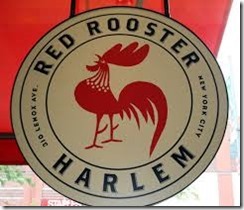

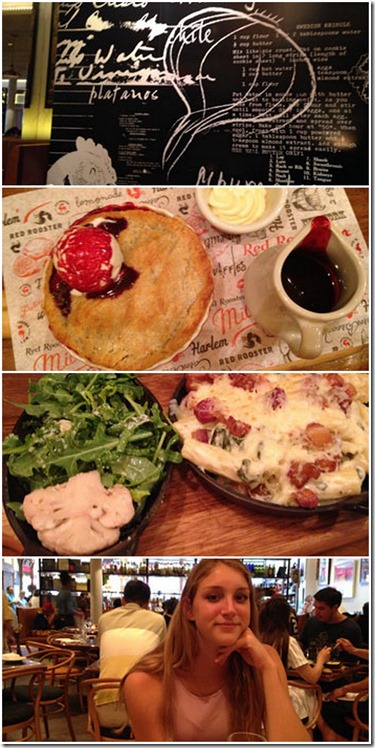
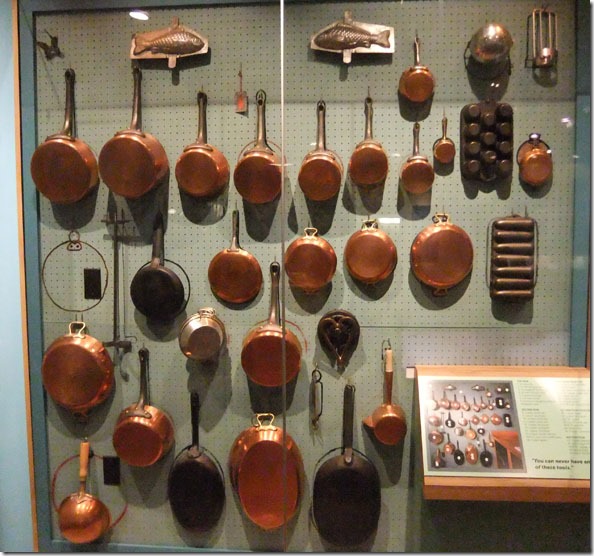
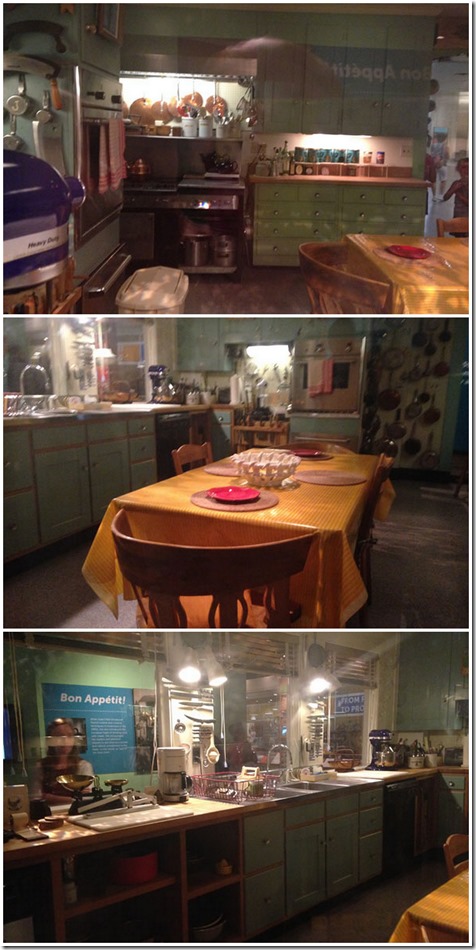
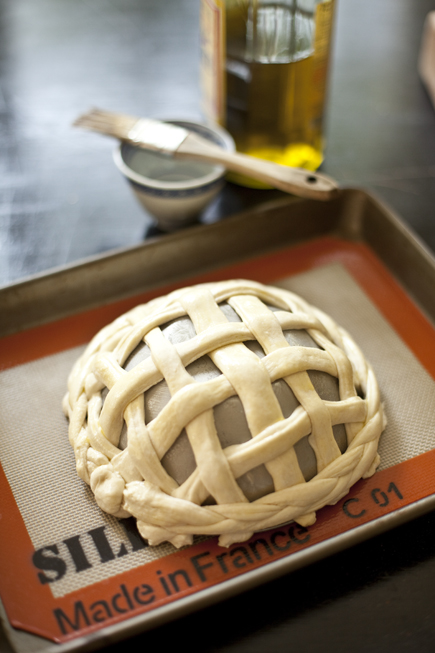 And I thought the
And I thought the 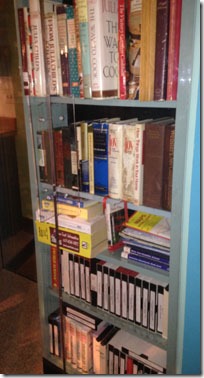
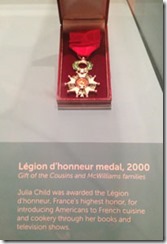
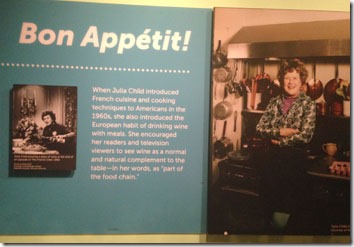
Leave a Comment!